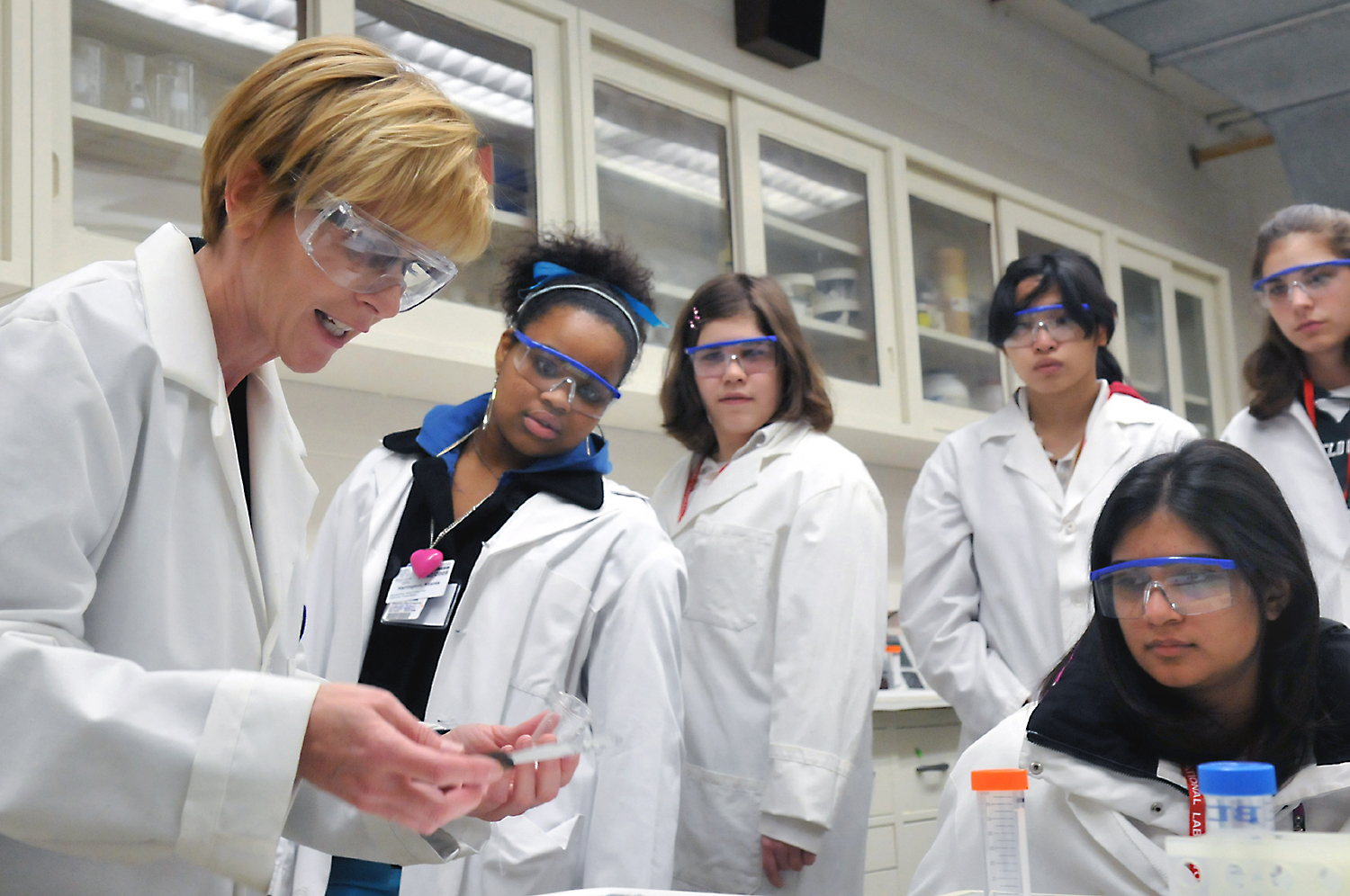Women have made many influential discoveries, including the discovery of the breast cancer gene, the X-ray crystallography characterization method, HIV treatments and many more. Without the contributions of women, humanity could be suffering more greatly from AIDS, have no leads in a cure for breast cancer and would possibly have to utilize antiquated and time-consuming methods to characterize compounds. These scientific discoveries prove that women have the ability to succeed in these fields and further indicate that there is no cognitive disparity between men and women in these particular areas.
Thus, filling the gender gap in STEM and increasing the amount of female scientists and mathematicians would actually be helpful for scientific development.
Unfortunately, women are underrepresented in STEM in the U.S., with no exceptions at the University of Maryland. The largest gender gap exists in engineering, and In both the U.S. and at this university, women make up less than 25 percent of the undergraduates majoring in engineering.
When I inform men that I am majoring in chemistry, they simply nod their heads and move on, but when I inform women, they dwell on it, exclaiming, “Wow, that is exceedingly difficult! I could never be able to do that.” Since it is so uncommon for women to major in the so-called hard sciences, many women view doing so as a task that is too difficult for females to manage. Therefore, when they hear of a woman majoring in one of these sciences, they can hardly believe it.
I personally have experienced these feelings as well. Very often when I figure out a difficult problem,men in my study group will not believe I did it correctly until another man in our study group comes to the same conclusion. However, if a man initially solves the problem, the other men will immediately trust his answer and ask him to explain it. This gender bias against women has caused women to feel that they are not capable academically, and accordingly, women become too scared to pursue a hard science career.
While some think that there is no bias in STEM, and is therefore not the cause of the lack of women in STEM fields, they are in fact mistaken. All who are in denial were effectively proven wrong by many studies, including the famous double-blind study conducted by Corinne Moss-Racusin in which science faculty at six major research institutions were asked to rate application materials in terms of which applicants were most competent and employable. When presented with identical resumes of two imaginary applicants, one female and one male, all faculty members were more willing to offer the job to the male applicant.
Superficially, the gender bias exists because there are not enough women making great strides in STEM. Engineering is still only 13 percent women, and only 25 percent of computer and mathematical scientists are women in the U.S. No wonder there is a bias today: How could people not favor men when the only people in their fields are of this sex?
This issue is directly related to college students, since there are significantly less women pursuing engineering degrees than men. While this university actually boasts 23 percent of female engineering undergraduates to the measly 18 to 20 percent nationally, there is still a hugely uneven distribution between male and female engineering majors. The lack of women in engineering in the U.S. is the reason why women make up only 7.8 percent of the electrical and computer engineering professors at the university. Individuals need role models, and there are very few role models for women in engineering. Therefore, women do not have anyone they can connect with and emulate and are thus not pursuing careers in engineering.
Role models serve as indvididuals to learn from, and having positive role models can heavily influence students, especially in their early classes. According to a study conducted at Rutgers University, women experience a lack of role models in STEM fields. There are significantly more male teachers and professors in STEM fields than females, and women are not perceiving the male professors as role models. In this study, women were less likely to relate to male role models, such as professors, as relevant role models and were more likely to consider the field of study with a male professor to be less female oriented. However, when women in STEM were presented with a female professor, they were more likely to view the field of study as women-oriented. Therefore this university needs to hire more female professors and raise the low percentage of women professors up to 50 percent.
The gender bias can only be resolved if there is an increase in the number of women in these fields and the participation of women becomes normalized. The best way to accomplish this is to empower and encourage women to pursue STEM careers. Therefore, this university needs to make it a part of its mission to encourage and support women in their pursuit of majoring in STEM fields. In addition to providing students with classes and teachers, this university needs to guide and encourage its students.
Sally Aviva Mazurek is a senior chemistry major. She can be reached at sallymazurek@gmail.com.


